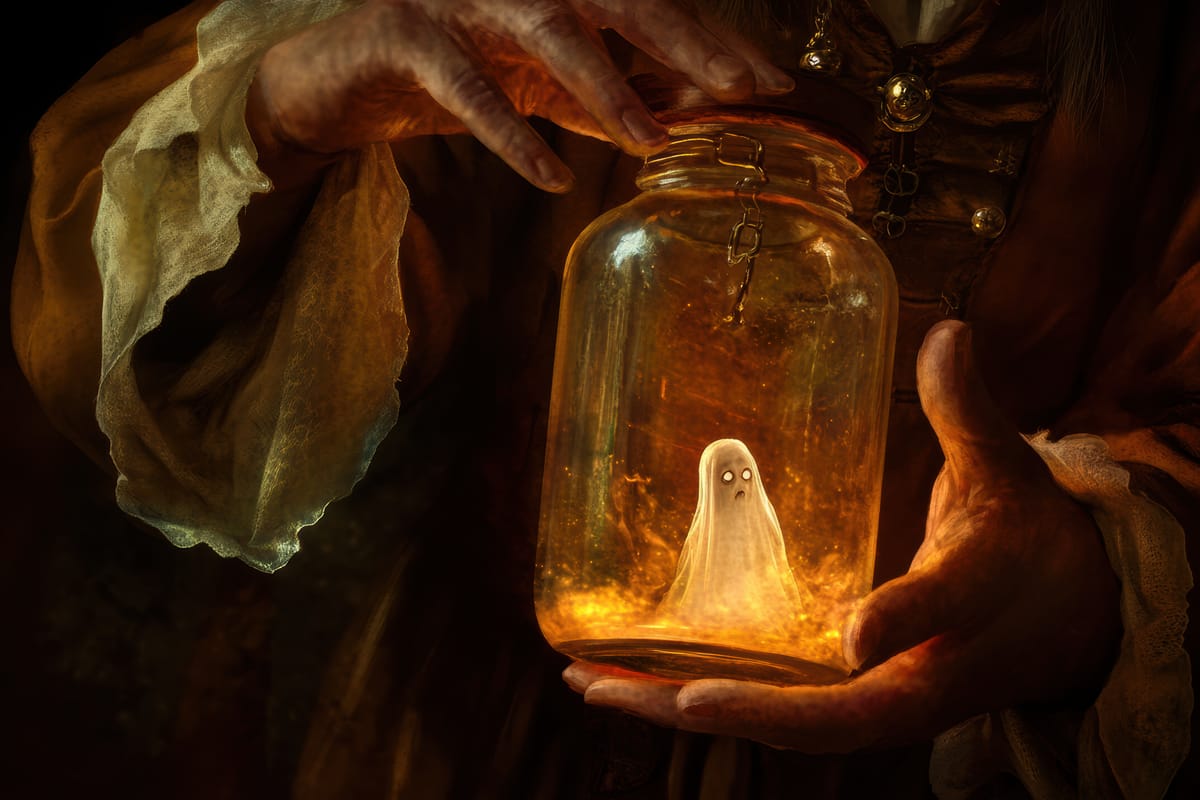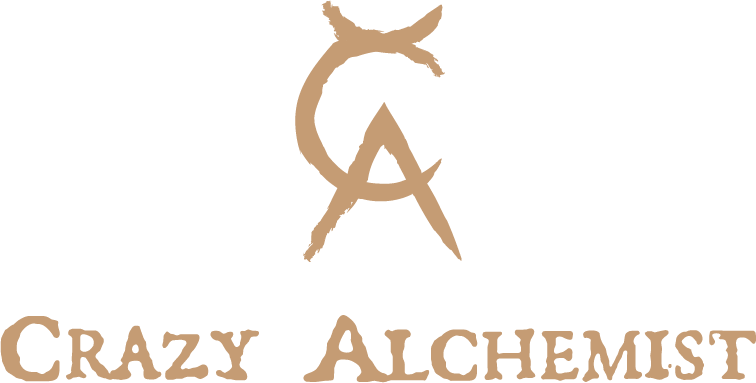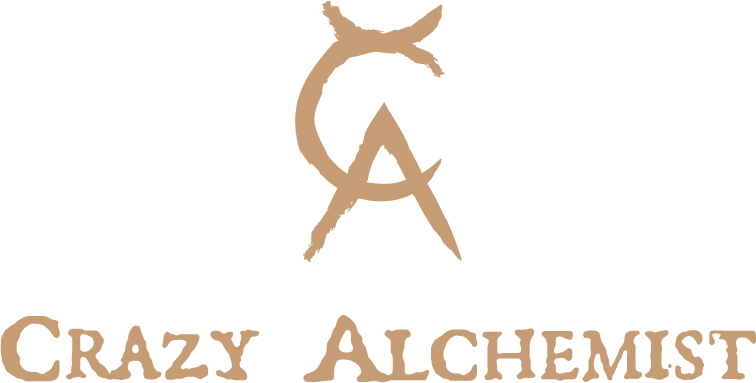The Strange Experiments of Count Kuefstein: The Man Who Made Ten Homunculi

The story of Count Johann Ferdinand von Kuefstein and the spirits he allegedly captured in glass jars is one of the most intriguing tales from the 18th century. This story, first published in 1873 in "Phoenix: The Freemasonry Pocketbook," takes us deep into the mysterious practices of the Count and his enigmatic companion, Abbé Geloni. The narrative involves magic, alchemy, secret brotherhoods, and captured spirits, creating a fascinating puzzle that historians and curious minds still try to piece together. Let's take a closer look at this mysterious tale, including its key characters, locations, and connections to historical Freemasonry.
Who Was Count Johann Ferdinand von Kuefstein?
Count Johann Ferdinand II Deodatus Maximilian Nepomucenus, Graf von Kuefstein, was a member of one of the oldest and most respected noble families of Tyrol. He was born in Vienna in 1727 and passed away in 1789. The Count was known for his deep involvement in secret societies, such as the Freemasons and the Rosicrucians, and became infamous for his mysterious experiments, which involved capturing spirits in glass jars. He collaborated with an Italian mystic named Abbé Geloni, who was well-versed in the secret arts of alchemy and theurgy. Together, they embarked on a journey that blurred the line between mysticism and reality.
The Experiment: Capturing Spirits in Glass Jars
According to the story, Count Kuefstein and Abbé Geloni spent weeks in a Carmelite monastery in a remote mountainous area of Italy. There, they worked on creating ten spirits, which they claimed to have successfully captured in glass jars. Each spirit was unique: there was a king, a queen, a knight, a monk, a seraph, a nun, a miner, an architect, and two other spirits—one blue and one red—that were only visible through specific rituals.
The spirits were said to be small, initially just a few inches in size, and were captured in jars filled with a clear liquid, possibly holy water. The jars were sealed with a special ox bladder and a sigil, believed to prevent the spirits from escaping. Abbé Geloni assured Count Kuefstein that the spirits would grow, which they allegedly did, eventually reaching a length of over a foot. The captured spirits were then dressed and assigned certain roles—the king wore a crown, the knight carried a shield, and so on.
Greillenstein Castle: A Base of Operations
After the spirits were captured, they were transported back to Greillenstein Castle in Lower Austria, which was under the ownership of the Kuefstein family. The castle, originally constructed in the Renaissance style in the late 16th century, played an essential role in housing the spirits. It is said that the spirits were kept in a special cabinet, and the Count continued his experiments there, occasionally demonstrating the powers of these spirits to a select group of trusted Freemason brothers.
Today, Greillenstein Castle still stands, and it remains a place that visitors can explore. The castle offers a glimpse into its storied past, providing guided tours called "Geistertouren" (ghost tours) that aim to recreate the atmosphere of the old times. These tours offer a unique experience, allowing guests to feel the lingering presence of history and possibly even the mysterious aura left behind by Count Kuefstein's experiments. You can learn more about these tours and visiting the castle at their official website: Greillenstein Castle Ghost Tours.
The Role of Abbé Geloni
Abbé Geloni was an enigmatic figure—an Italian cleric, Rosicrucian, Cabbalist, and alchemist. He introduced Count Kuefstein to many secret arts, including the ability to "create" spirits. Geloni was also known for demonstrating various types of kabbalistic magic to the Count. One notable example involved his interaction with a bird, using an ancient word that, according to Kabbalah, Adam had given to creatures in paradise when naming them. Kabbalistic tradition holds that those who know these words can control animals, but the words must be passed down orally—they lose their power once written. Geloni shared his extensive knowledge of cabbalistic rituals and mystical practices with the Count during their time in the Italian monastery. Together, they created an atmosphere that was mysterious, mystical, and perhaps a bit unsettling.
One of Geloni's most notable demonstrations involved the use of these ancient words to control a bird in front of Count Kuefstein. The bird responded to Geloni's commands, seemingly obeying his instructions. According to Geloni, these words held power because they were the original names given to creatures by Adam in paradise. The Kabbalah teaches that these names were not simply labels but keys to understanding and influencing the essence of each creature. However, these words had to be passed down directly from person to person, as writing them down would strip them of their potency. This concept fascinated Count Kuefstein and drove him further into his studies of mystical practices.
Another experiment associated with Abbé Geloni was the creation of a "fire snake"—a well-known magic trick that involved burning a mixture of baking soda and sugar, which produced an expanding, snake-like shape. There is also a historical version called the "Pharaoh's Snake," which used mercury(II) thiocyanate. However, due to the toxic fumes produced, this version is no longer used. This demonstration was likely one of many illusions used by Geloni to impress Count Kuefstein. By incorporating elements of magic and alchemy, Geloni was able to create a sense of awe and mystery around his experiments, blending real mystical practices with clever tricks.
Josef Kammerer: The Chronicler of Strange Events
Josef Kammerer, a steward of Count Kuefstein, documented these unusual events in a journal that served as a combination of a travel diary and an account book. His writings provide us with the most detailed description of the spirit-capturing process, the rituals involved, and the ongoing care of the spirits. Kammerer, while seemingly skeptical of some aspects, described how the spirits were "fed" with a rose-colored salve every few days and how the water in their jars had to be changed regularly. He also wrote about the peculiar behavior of the spirits, their apparent growth, and even their escape attempts—one particularly noteworthy instance involved the "king" spirit attempting to flee from his jar.
Kammerer's journal also included detailed descriptions of the rituals performed by Count Kuefstein and Abbé Geloni. These rituals often took place at midnight and involved complex invocations, the use of sacred symbols, and the burning of specific herbs and resins. Kammerer wrote of the eerie atmosphere in the monastery during these rituals—the flickering candlelight, the smell of burning incense, and the low chanting of Geloni as he worked his magic. The spirits, according to Kammerer, would sometimes respond by moving within their jars or changing color, which the Count took as a sign that the ritual was successful.
A Lost Manuscript and A Failed Experiment
Not everything went smoothly during Count Kuefstein's experiments. One notable incident involved the breaking of the jar containing the monk spirit. During an attempted ritual, Count Kuefstein accidentally knocked the jar over, causing it to shatter and the spirit to "die." The Count's attempts to replace the monk spirit with a new creation, an "admiral" spirit, ended in failure, as the new entity lacked the vitality of its predecessors.
Another failed experiment involved an attempt to create a spirit that could provide more direct and accurate answers to questions posed by the Count. This spirit, which was supposed to be a "sage," never fully formed, and the liquid in its jar remained cloudy and inert. Kammerer's writings suggest that this failure deeply affected both the Count and Geloni, leading them to reconsider some of their methods and focus more on maintaining the spirits they had already captured rather than creating new ones.
The Freemasons and the Spirit Experiments
The story of Count Kuefstein's experiments cannot be fully understood without considering the broader context of the Freemason movement in 18th-century Europe. Freemasonry was at its height, with lodges flourishing across the continent. Many of the noble and educated elite were drawn to the movement's ideals of enlightenment, brotherhood, and the pursuit of hidden knowledge. Count Kuefstein, deeply involved in this secretive world, found in Freemasonry a community that shared his fascination with mysticism and the supernatural.
The Freemasons of this era were captivated by the idea of transcending the ordinary, and occult practices like those of Count Kuefstein were seen as ways to tap into higher forms of wisdom. The Count's experiments, particularly his supposed success in capturing spirits, were whispered about in the lodges of Vienna. Some saw him as a pioneer of a new mystical understanding, while others viewed his work with suspicion. His use of spirits for divination and his demonstrations of their powers drew both admiration and skepticism within the Masonic circles, reflecting the dual nature of Freemasonry at that time—a blend of rational enlightenment ideals and esoteric curiosity.
The captured spirits also played a role in the Count's interactions with other members of the Freemason and Rosicrucian orders. On several occasions, he invited prominent members of these secret societies to Greillenstein Castle to witness the spirits in action. These demonstrations were highly secretive, with only a select few allowed to attend. The spirits, according to witnesses, would move within their jars, change color, and even "speak" in a faint, barely audible voice. While some attendees were convinced of the spirits' authenticity, others suspected that the Count and Geloni were using clever tricks to create the illusion of supernatural activity.
Freemasonry in 18th-Century Naples and Vienna
The Freemason movement in Naples and Vienna, particularly in the latter half of the 18th century, played a significant role during this time. Naples had become a center for Enlightenment thought, where Freemasonry attracted influential figures from various social classes. Lodges such as the Lodge of the Nine Muses and others were engaged in both intellectual and mystical pursuits. Similarly, in Vienna, the first Masonic Lodge was established in the mid-18th century, around 20 to 30 years before Count Kuefstein began his experiments. The movement was still fresh, dynamic, and flourishing, with notable figures such as Mozart and other intellectuals contributing to its growth. By the late 1770s and 1780s, however, both Naples and Vienna saw a backlash against Freemasonry, culminating in large-scale suppression and prohibition by the end of the century. This dynamic context provides an essential backdrop for understanding Count Kuefstein's work. His connections and demonstrations to Freemason circles could be seen as an attempt to align his esoteric practices with the broader quest for knowledge that characterized Freemasonry at that time. The involvement of prominent members of society added credibility to his experiments, yet also brought about increased scrutiny.
For those interested in diving deeper into the details of Freemasonry in 18th-century Naples and Vienna, you can find more information here: Freemasonry in 18th Century Naples and Freemasonry in Vienna.
The Controversial Legacy of Count Kuefstein
Despite the secrecy of these experiments, rumors of Count Kuefstein's captured spirits spread among the Freemason lodges of Vienna. Some of his contemporaries were impressed by his work, while others were highly skeptical, believing it to be nothing more than a hoax or misguided alchemical experimentation. The Count's spirits were said to have powers of divination, able to answer questions about the future, the fate of dynasties, or the success of political ventures. Yet, their abilities were inconsistent, and they often gave cryptic or misleading answers.
One of the most mysterious predictions attributed to these spirits involved a series of numbers: 89, 30, 48. At the time, the meaning was unclear, but it was later interpreted as a reference to significant historical events—the numbers were thought to symbolize major revolutions. Specifically, 1789 marked the beginning of the French Revolution, a period of radical political and social change in France. The year 1830 saw the July Revolution in France, which led to the overthrow of King Charles X, and 1848 was the year of widespread revolutionary upheavals across Europe, known as the Revolutions of 1848. These revolutions were part of a broader movement for social and political change, reflecting the growing tensions between the ruling classes and the people.
The Count of Kuefstein in Popular Culture
Though the name Kuefstein may not be widely recognized today, there are intriguing echoes of his experiments in popular culture. One such reference can be found in the character of Dr. Septimus Praetorius from the movie "The Bride of Frankenstein." In the film, Praetorius displays various homunculi, including a king, a queen, and an archbishop. This scene strongly recalls the spirits of Count Kuefstein, suggesting a cultural influence that has endured, albeit in a fictionalized form. You can read more about Dr. Septimus Praetorius here: Dr. Septimus Pretorius.
Conclusion: Fact, Fiction, or Both?
The story of Count Kuefstein and his captured spirits is an intriguing mix of mysticism, alchemy, and 18th-century occult practices. The historical context—a time of fascination with secret societies and hidden knowledge—provides a perfect backdrop for these bizarre claims. Whether these spirits were real, elaborate hoaxes, or simply the products of fevered imaginations, they reflect the intense curiosity of an era that sought to pierce the veil between the natural and the supernatural.
Greillenstein Castle still stands today, a reminder of the Count's legacy. The castle offers guided ghost tours that aim to recreate the eerie atmosphere of the past, giving visitors a chance to immerse themselves in the mysterious history of the place. The tale of the spirits captured in glass jars remains a curious footnote in the annals of Freemasonry and alchemy, one that invites us to wonder about the mysteries that might lie hidden in the dusty archives of old castles and forgotten manuscripts.
Listen to the Podcast
I have also made a podcast episode around this topic. For everyone interested in exploring the story of Count Kuefstein and the ten homunculi in more detail, you can listen to the podcast on Spotify or Apple Podcasts.




